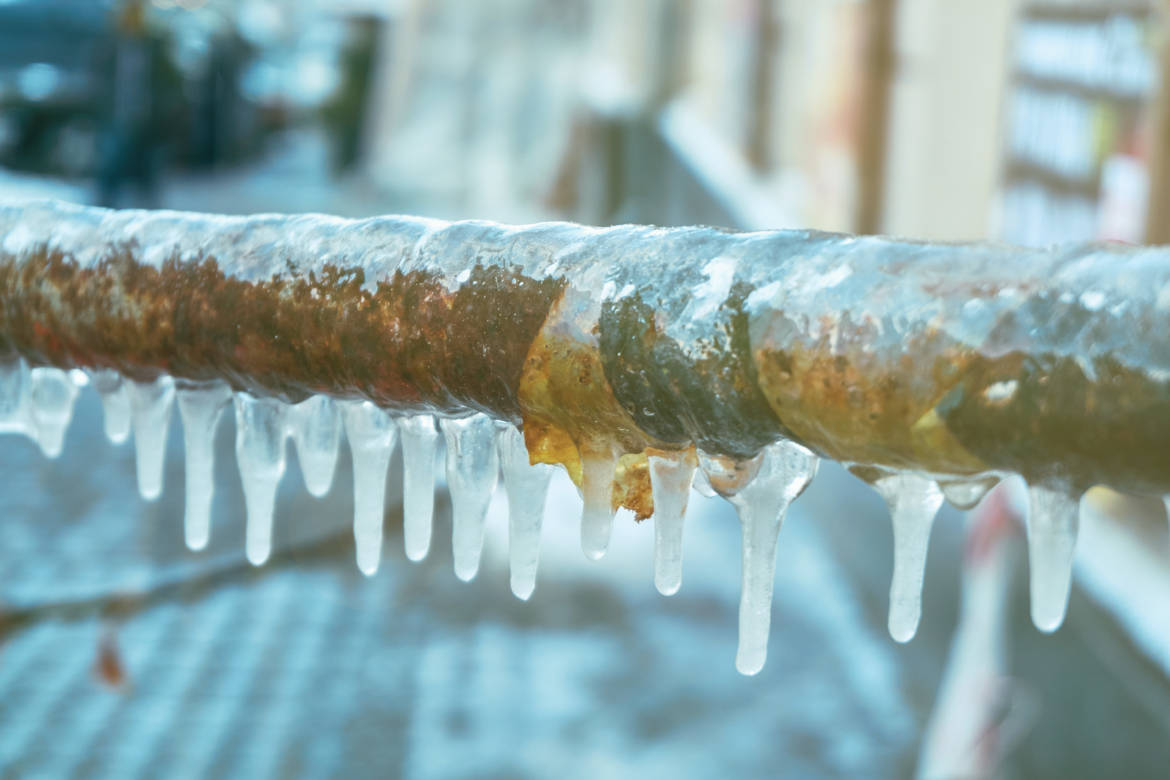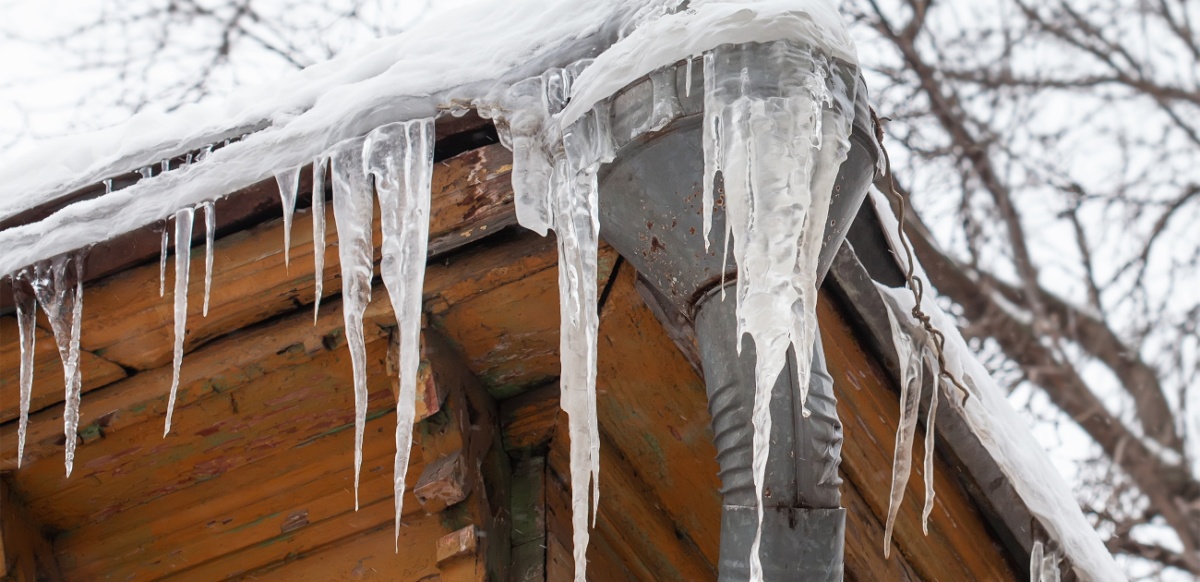Ways to Maintain Your Pipes from Freezing Issues: Crucial Advice
Ways to Maintain Your Pipes from Freezing Issues: Crucial Advice
Blog Article
What are your thoughts on How to prepare your home plumbing for winter weather?

Winter can damage your plumbing, specifically by freezing pipes. Here's exactly how to stop it from happening and what to do if it does.
Introduction
As temperature levels drop, the risk of icy pipes rises, potentially bring about costly repair services and water damages. Comprehending exactly how to stop frozen pipes is essential for property owners in cool environments.
Recognizing Frozen Pipes
What triggers pipes to freeze?
Pipelines ice up when exposed to temperature levels listed below 32 ° F (0 ° C) for expanded periods. As water inside the pipelines freezes, it increases, taxing the pipeline wall surfaces and possibly triggering them to rupture.
Dangers and damages
Icy pipes can lead to water system disturbances, property damage, and expensive fixings. Ruptured pipes can flooding homes and create extensive architectural damage.
Indications of Frozen Water Lines
Identifying icy pipes early can prevent them from rupturing.
Just how to identify icy pipelines
Search for lowered water flow from taps, unusual smells or sounds from pipes, and visible frost on exposed pipes.
Prevention Tips
Insulating prone pipelines
Cover pipes in insulation sleeves or make use of warmth tape to protect them from freezing temperatures. Concentrate on pipelines in unheated or outside areas of the home.
Home heating strategies
Maintain indoor rooms effectively heated, specifically locations with pipes. Open cupboard doors to permit warm air to circulate around pipes under sinks.
Safeguarding Outside Pipes
Garden hoses and exterior taps
Separate and drain pipes garden tubes before winter. Mount frost-proof faucets or cover exterior faucets with insulated caps.
What to Do If Your Pipelines Freeze
Immediate activities to take
If you think frozen pipelines, maintain faucets open up to alleviate pressure as the ice thaws. Utilize a hairdryer or towels taken in hot water to thaw pipelines slowly.
Long-Term Solutions
Structural modifications
Think about rerouting pipelines away from outside wall surfaces or unheated locations. Add extra insulation to attic rooms, cellars, and crawl spaces.
Updating insulation
Invest in top quality insulation for pipes, attic rooms, and walls. Correct insulation aids preserve consistent temperature levels and reduces the risk of frozen pipelines.
Final thought
Avoiding frozen pipes calls for aggressive measures and quick actions. By understanding the causes, signs, and safety nets, property owners can safeguard their plumbing throughout cold weather.
5 Ways to Prevent Frozen Pipes
Drain Outdoor Faucets and Disconnect Hoses
First, close the shut-off valve that controls the flow of water in the pipe to your outdoor faucet. Then, head outside to disconnect and drain your hose and open the outdoor faucet to allow the water to completely drain out of the line. Turn off the faucet when done. Finally, head back to the shut-off valve and drain the remaining water inside the pipe into a bucket or container. Additionally, if you have a home irrigation system, you should consider hiring an expert to clear the system of water each year.
Insulate Pipes
One of the best and most cost-effective methods for preventing frozen water pipes is to wrap your pipes with insulation. This is especially important for areas in your home that aren’t exposed to heat, such as an attic. We suggest using foam sleeves, which can typically be found at your local hardware store.
Keep Heat Running at 65
Your pipes are located inside your walls, and the temperature there is much colder than the rest of the house. To prevent your pipes from freezing, The Insurance Information Institute suggests that you keep your home heated to at least 65 degrees, even when traveling. You may want to invest in smart devices that can keep an eye on the temperature in your home while you’re away.
Leave Water Dripping
Moving water — even a small trickle — can prevent ice from forming inside your pipes. When freezing temps are imminent, start a drip of water from all faucets that serve exposed pipes. Leaving a few faucets running will also help relieve pressure inside the pipes and help prevent a rupture if the water inside freezes.
Open Cupboard Doors
Warm your kitchen and bathroom pipes by opening cupboards and vanities. You should also leave your interior doors ajar to help warm air circulate evenly throughout your home.

I found that page on How to prepare your home plumbing for winter weather when surfing around the search engines. Sharing is caring. Who knows, you will be doing someone a favor. Bless you for your time. Please come by our blog back soon.
Start Now Report this page